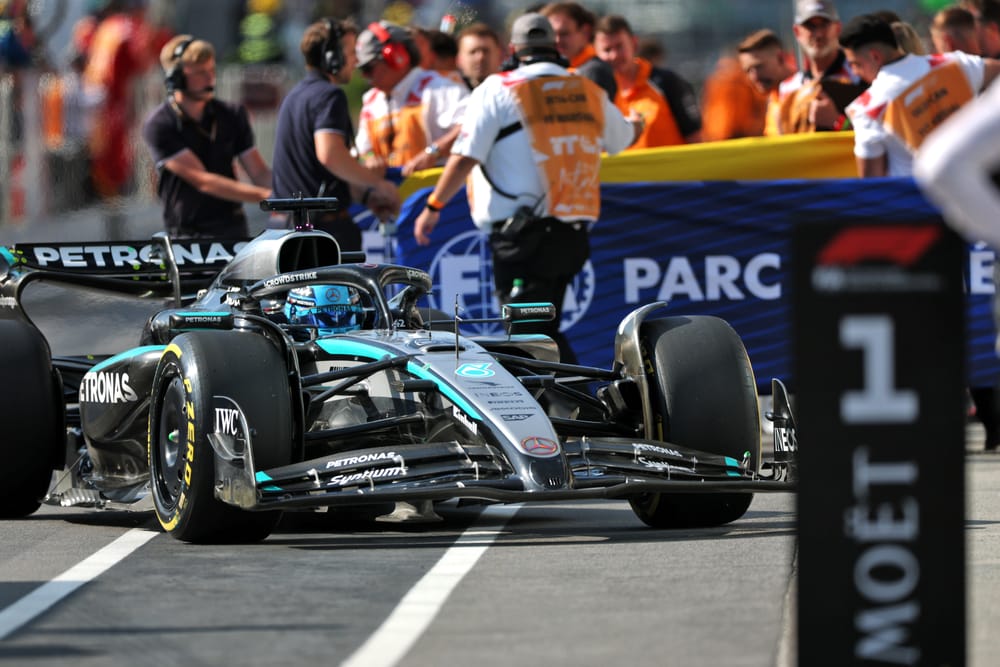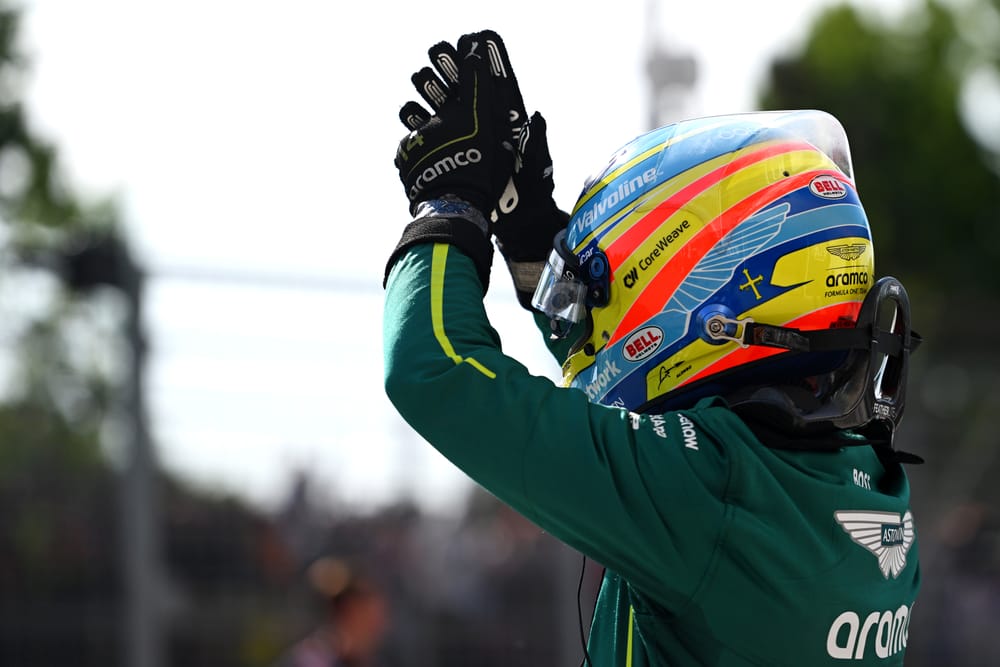Let’s first of all acknowledge the stunning quality of George Russell’s Canadian Grand Prix pole lap, 0.3 seconds faster in sector 1 than his first Q3 lap, another 0.3s quicker in sector 2.
“Every turn I could see from my read-out I was a tenth quicker than before,” he recalled, “and I was thinking ‘this lap is mighty’.”
It was.
It was pole by a tenth-and-a-half over Max Verstappen’s Red Bull, around a track where the Mercedes was expected to shine. Just as it had in qualifying here last year.
Then there was the matter of tyre choice. Which was faster over a lap, the medium C5 or the soft C6? Both Russell and Verstappen chose the C5 for their final runs after using the C6 for their first runs (when Verstappen had gone quickest ahead of Oscar Piastri and Russell).
McLaren, like Ferrari, stuck with the C6 soft throughout. Which, given that Piastri and Lando Norris qualified a respective third and seventh in their McLarens, with Ferrari fifth (Lewis Hamilton) and eighth (Charles Leclerc) sure makes it look like the medium was the tyre to be on. Especially as Kimi Antonelli qualified the other Mercedes fourth on a set of used mediums, with Fernando Alonso sixth also on mediums.
The C5 was a more robust performer than the C6. It was easier to balance the front and rear temperatures over the lap and wasn’t so traffic placement dependent on the prep lap. But Pirelli is adamant the C6 had more peak grip. If you could get into that sweet spot, it was quicker. But delicate.
Norris was potentially very quick on the soft but ran straight-on at the chicane on his first Q3 run and clipped the Turn 7 wall on his second.
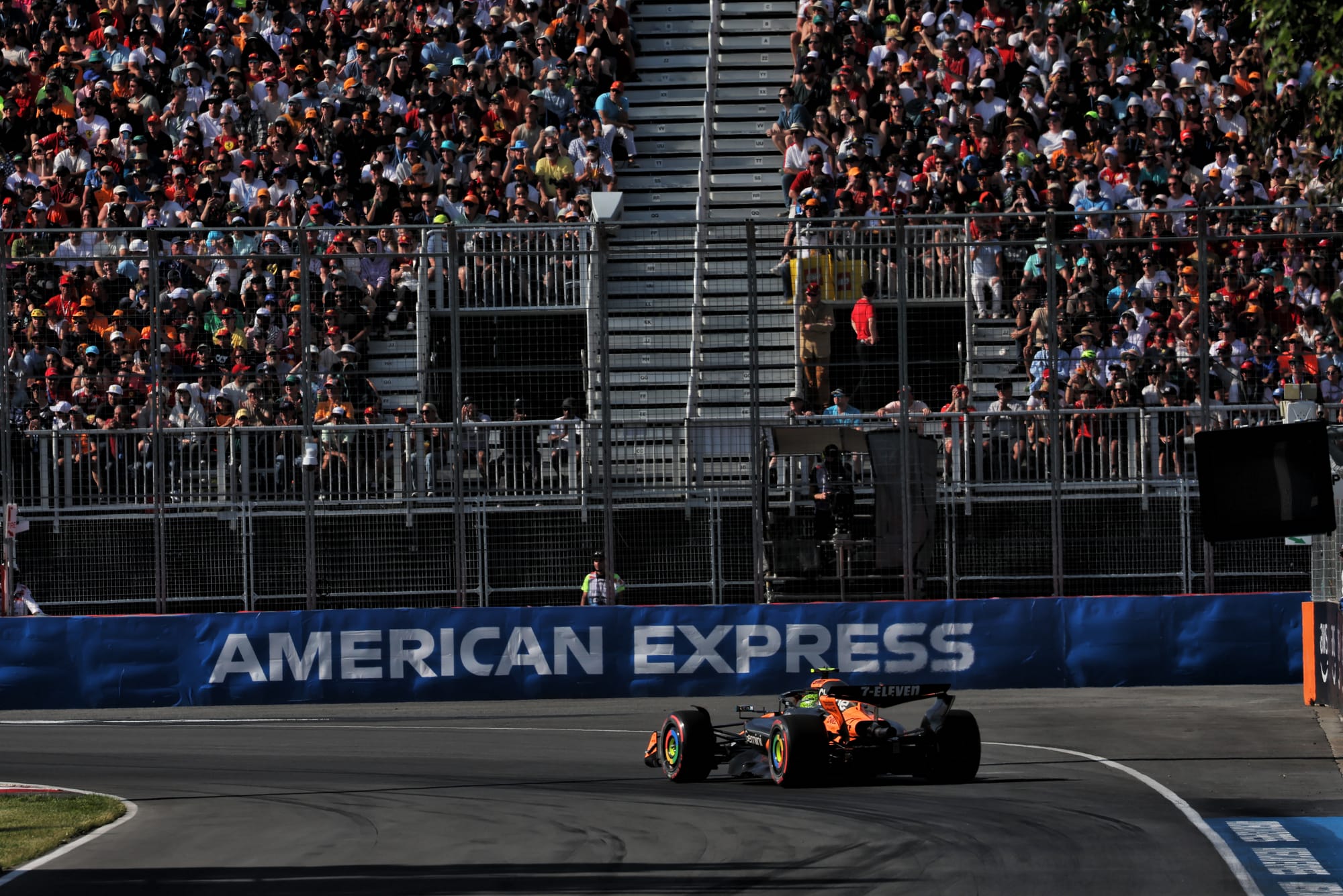
“Just trying too hard, made too many mistakes,” he rued. His underlying speed was probably slightly greater than Piastri’s, but the latter remained calm.
Leclerc meanwhile had put a little more front wing on the Ferrari for his final run and the car had come alive.
The great mechanical grip seen to such great effect in Monaco was very relevant here, the car felt driveable – and Leclerc was in his swashbuckling element between these walls (0.2s faster than Hamilton through the first sector).
“The pace was there,” said an emotional Leclerc after his final lap was thwarted by the turbulence from Isack Hadjar’s Racing Bulls giving him a major moment at Turn 6.
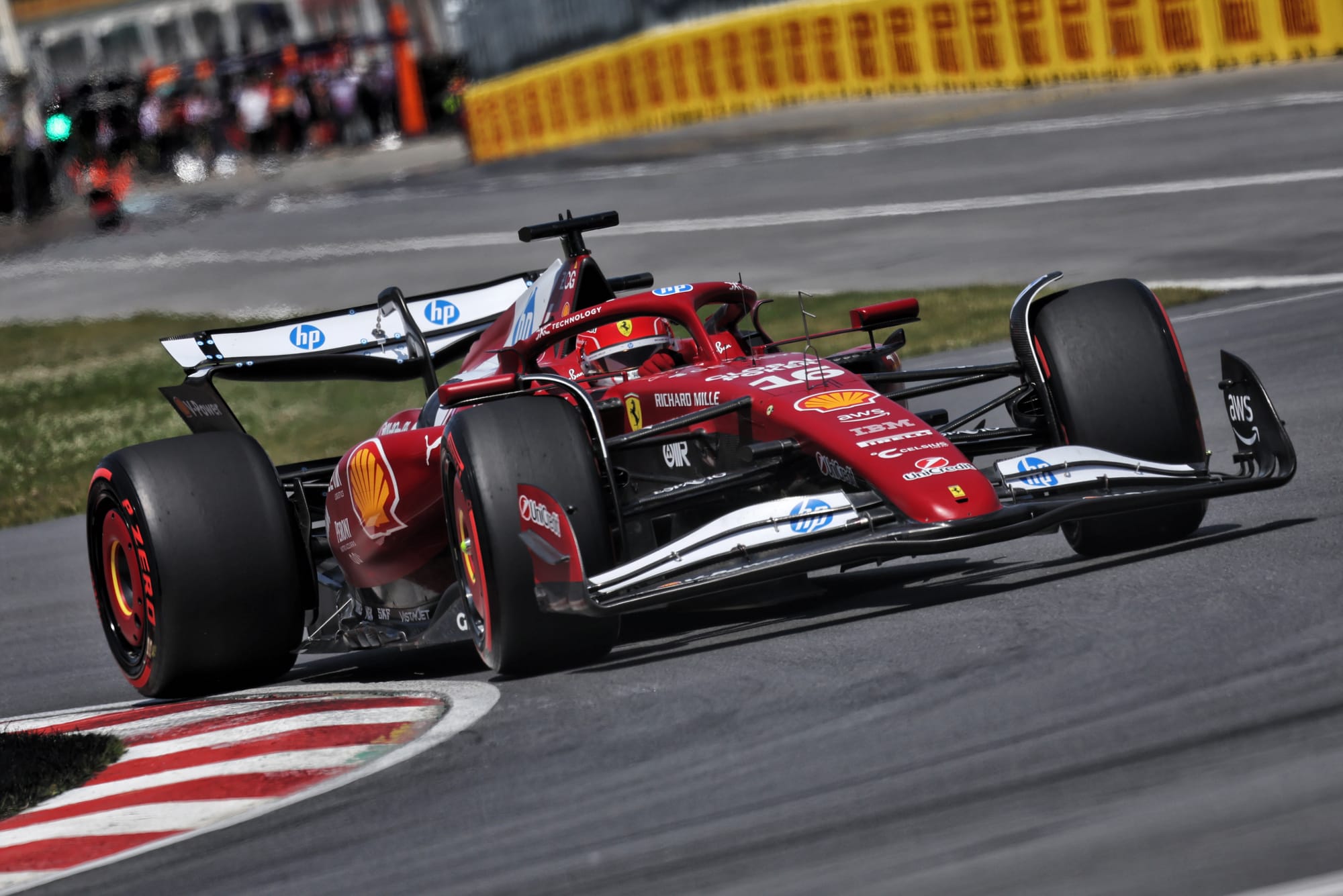
“The car was good enough for pole.”
Was it? Well, he was around 0.1s quicker than Russell up to Turn 6, so maybe.
But that first sector wasn’t where the Mercedes was at its strongest. It was terrific through the medium-speed direction changes of the second sector, great on the brakes into the hairpin and the final chicane and had great traction.
Could the soft-shod Ferrari have matched it there? We’ll never know. But Leclerc could certainly have been in contention, and we can at least say that any advantage the C5 had was exaggerated in the final outcome.
The rest of the explanation lies with McLaren being strangely off-form, probably regardless of tyre. This is not a track which induces overheating rears so its biggest area of advantage is neutralised. At least in qualifying.
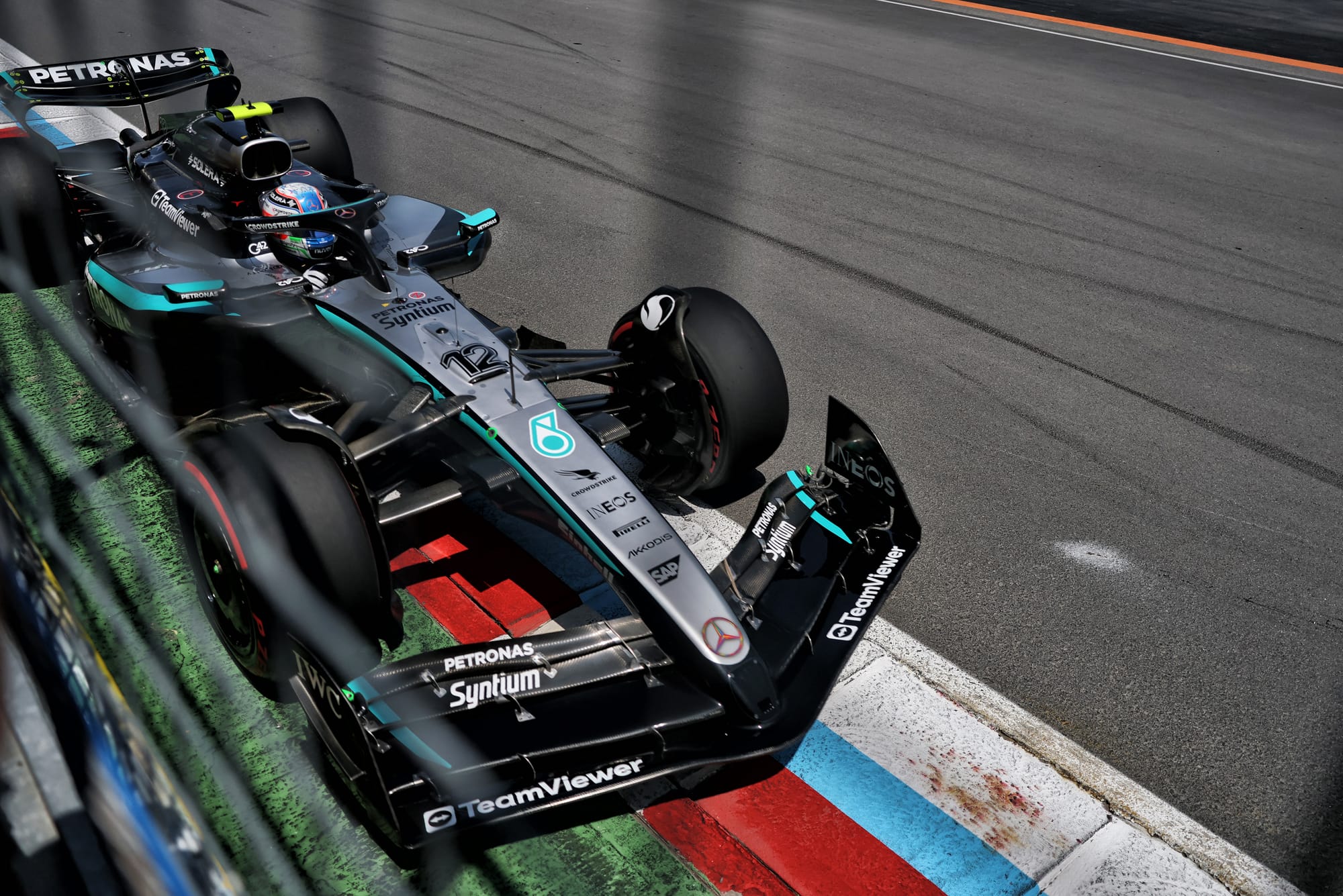
Getting the temperatures of the fronts up seemed more of a challenge than for other cars. Certainly more difficult than on the Mercedes.
In the cooler conditions of Friday, the Mercedes had in fact been dynamite. It looked less convincing in the higher temperatures of Q1 but seemed to come on increasingly strong as the track surface lost temperature, especially on the medium. Russell tried it out on his second Q2 run and gone quickest.
“The C5 seemed to respond to the increase in track grip at the end.” observed Norris. But the McLaren had not felt significantly better on the C5 when they tried it in FP3.
The short duration corners don’t play to the car’s strengths and braking has never been one of the car’s strongest points. So maybe the C6 was helping it more than on other cars. Not as good on the kerbs as the Ferrari, not as good on the brakes and in traction as the Mercedes, it was still more competitive than the final times make it look.
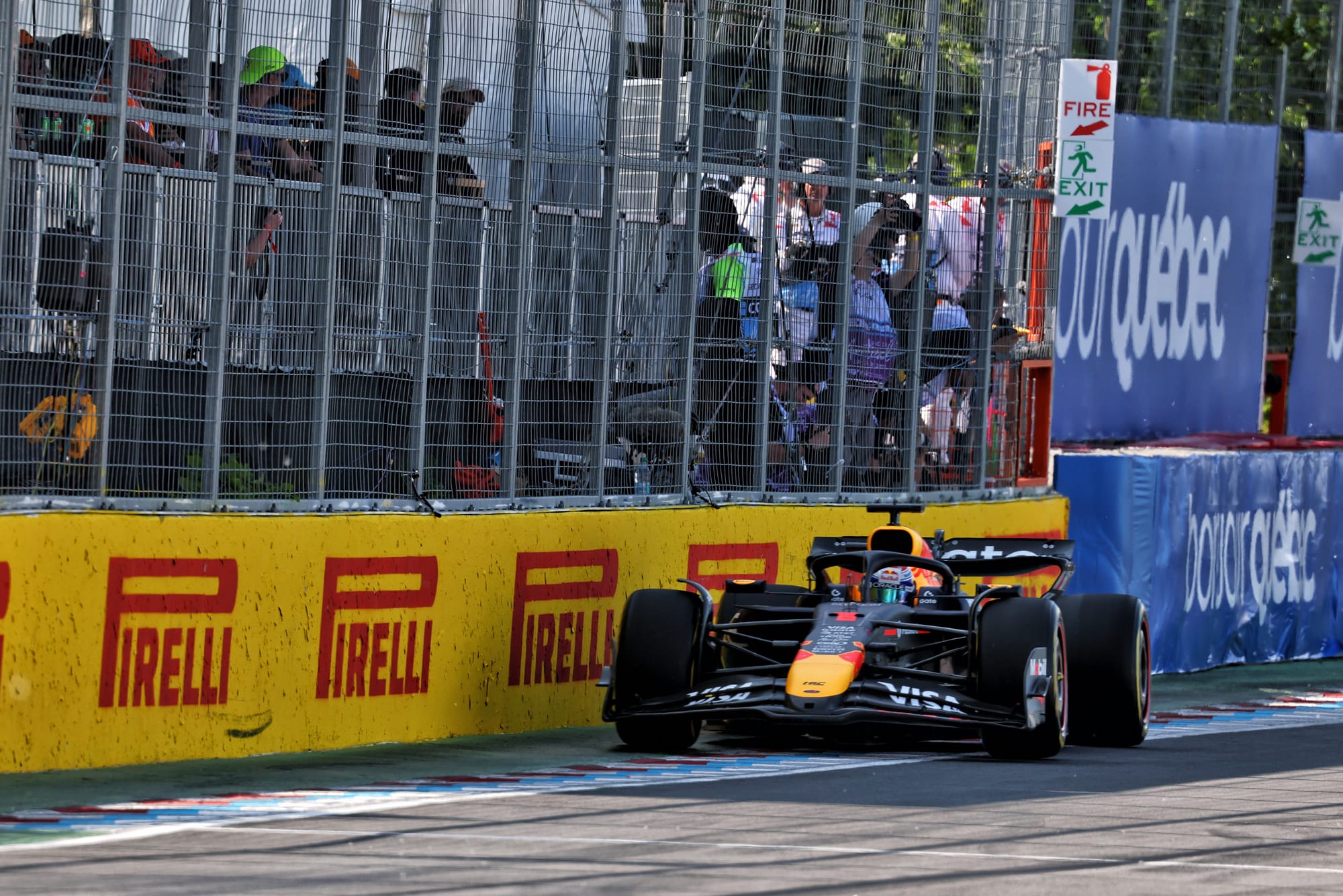
Verstappen trimmed some wing from the Red Bull between Friday and Saturday, and it responded well. “We have good efficiency,” as he observed – i.e. the downforce loss wasn’t great, given the straightline boost.
“The main thing was that the car was in the window on Friday straight away. The car was working well and then I think we did the right thing with the choice between C5 and C6.”
Verstappen and the team got everything from the car but had everyone accessed their full potential, he’d quite possibly have been behind a McLaren and a Ferrari as well as Russell.
Max Verstappen's response to more questions regarding his penalty points: pic.twitter.com/7M3xYeGyF4
— The Race (@wearetherace) June 14, 2025
There’s plenty of potential for the picture to swing dramatically on race day, given how the tyre-car performance combinations are so volatile here.
“If we get a bit of cloud cover, it could buy us two-tenths over McLaren,” said Russell.
“But if it’s clear we might struggle. No one has used the hard, which is going to be one of the tyres you’ll use in the race but we don’t know if its range is good enough to allow a one-stop. It might be a two-stop.”
Which of those it is and therefore how hard you can push could be fundamental to the race day form.
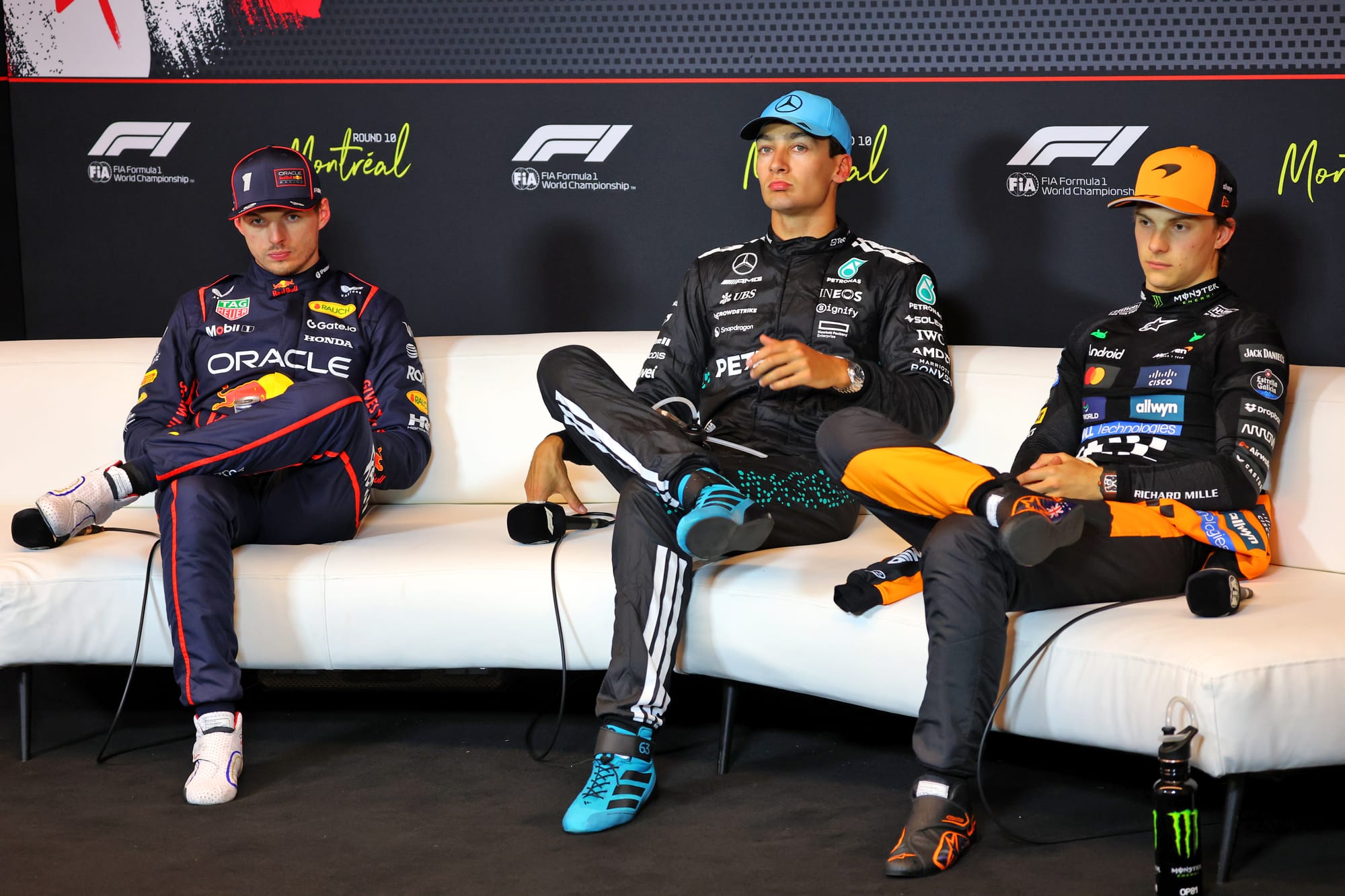
Russell has a Verstappen alongside him and a McLaren just behind. He cannot be certain of anything, even regardless of the Mercedes' volatile form.
But for a while after the end of qualifying he could enjoy having just done a stupendously good job.


